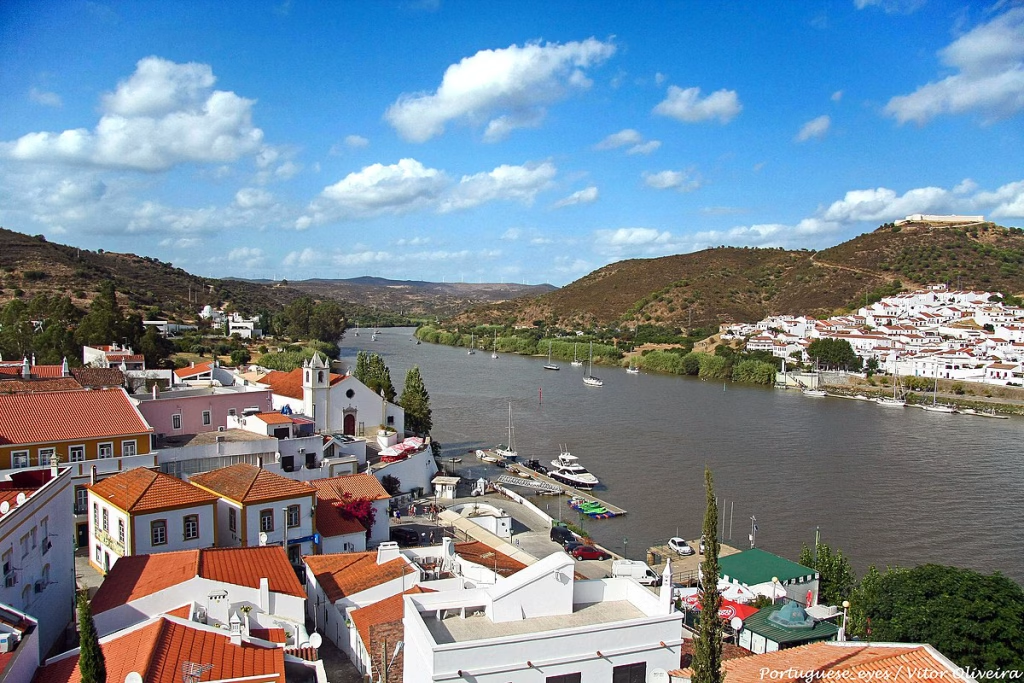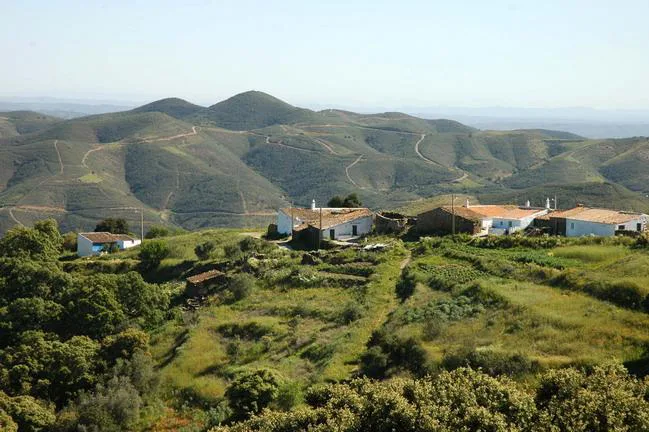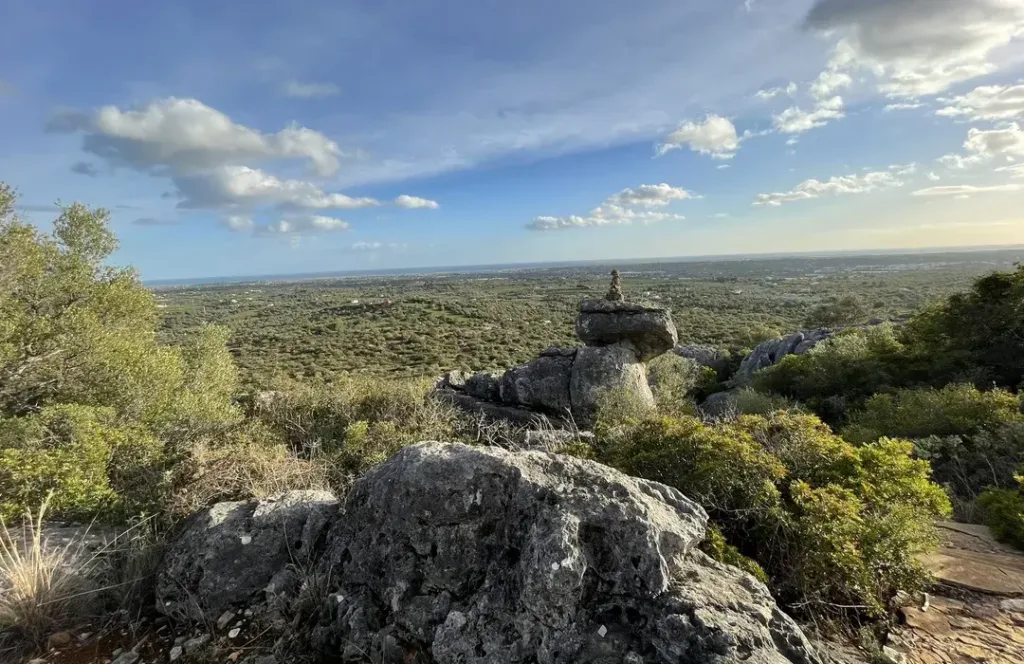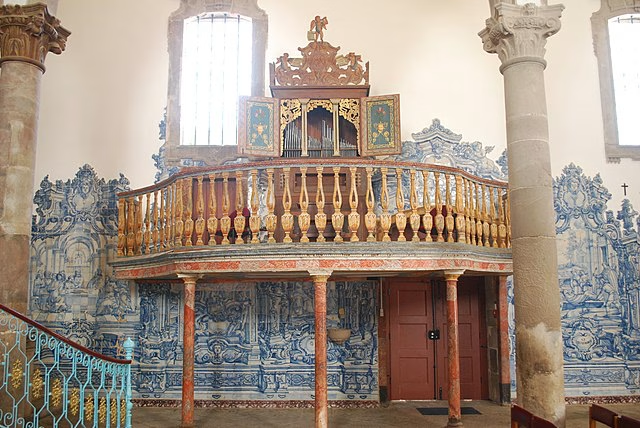Honey and the Algarve go hand in hand—sun-warmed blooms, aromatic herbs, and busily buzzing bees all combine to make some of Portugal’s most beloved honeys. Here in Tavira and across the Eastern Algarve, small apiaries are reviving traditions, supporting biodiversity, and crafting pure, seasonal honey based entirely on local flora and age‑old methods.
🐝 Bee Heroes of the Algarve
Apicultura Algarve – Founded by Tomás
Tomás, a Belgian-born ecologist with a master’s in Sustainable Rural Management from the University of Algarve, fell for bees while researching raspberry crops. He started Apicultura Algarve to support pollinators and produce 100% raw honey in harmony with nature. His hives dot the Serra Algarvia , Barrocal , and Baixo Alentejo , offering small-batch honey without pasteurization or additives.
- Shop his honeys or get in touch
- HACCP-certified facility, fully traceable harvests
- Offers workshops and school visits upon request
Melaria do Monte – Manuel & Célia Jesus
Located near Monchique (1,5 hour drive) but with production zones reaching into the Eastern Algarve, this family business began in 2003. Manuel, raised in a beekeeping family, now runs 350+ hives. Harvests happen from May through August , using natural smoking techniques and careful handling.
- Varietals include orange blossom, thyme, and wildflower
- Sold in eco markets and select Algarve shops
- Proudly uses no mechanical filtration or heat
🌼 A Taste of Local Flora
Each honey reflects local blossoms:
- 🍊 Orange Blossom Honey – Springtime freshness, pale and floral
- 🌿 Thyme Honey – Rich, earthy, and high in thymol
- 🌰 Carob Honey – Autumn-harvested and bittersweet, perfect with cheese
- 🍓 Medronho Honey – Rare, late-season from the strawberry tree, slightly bitter
Production depends on rainfall and flowering seasons, so local honeys vary every year—true slow food at work.
🧂 Real Honey: Pure & Protected
Portugal’s local honeys are among the EU’s most genuine. Look for labels like:
- “Mel de Rosmaninho” (rosemary)
- “Mel Multiflora do Algarve”
- Or simply buy from the Tavira Municipal Market on Saturdays for zero-km authenticity.
Beware: the Algarve wildfires of 2023–24 devastated many apiaries. Projects like Tomás’s are critical for bee recovery and future harvests.
🍯 Experience It: Tastings & Tours (not personally checked)
- 🐝 Apicultura Algarve – order online or email for occasional tastings and small group visits.
- 🧭 Algarve Honey Trail Tour – immersive tour with tastings, candle-making and seasonal insights (approx. €150 p.p.)
- 🌄 PT4U Honey in the Mountains Tour – guided experience into wild honey and cork forest culture (€110 p.p.)
Note: The tours and producers mentioned have not been personally tested by Taste Tavira. Please check availability and reviews before booking.








![Tavira Castle | Miguel Vieira [2], CC BY 2.0, via Wikimedia](https://tastetavira.com/wp-content/uploads/2025/10/TaviraCastle-CCBY.avif)
